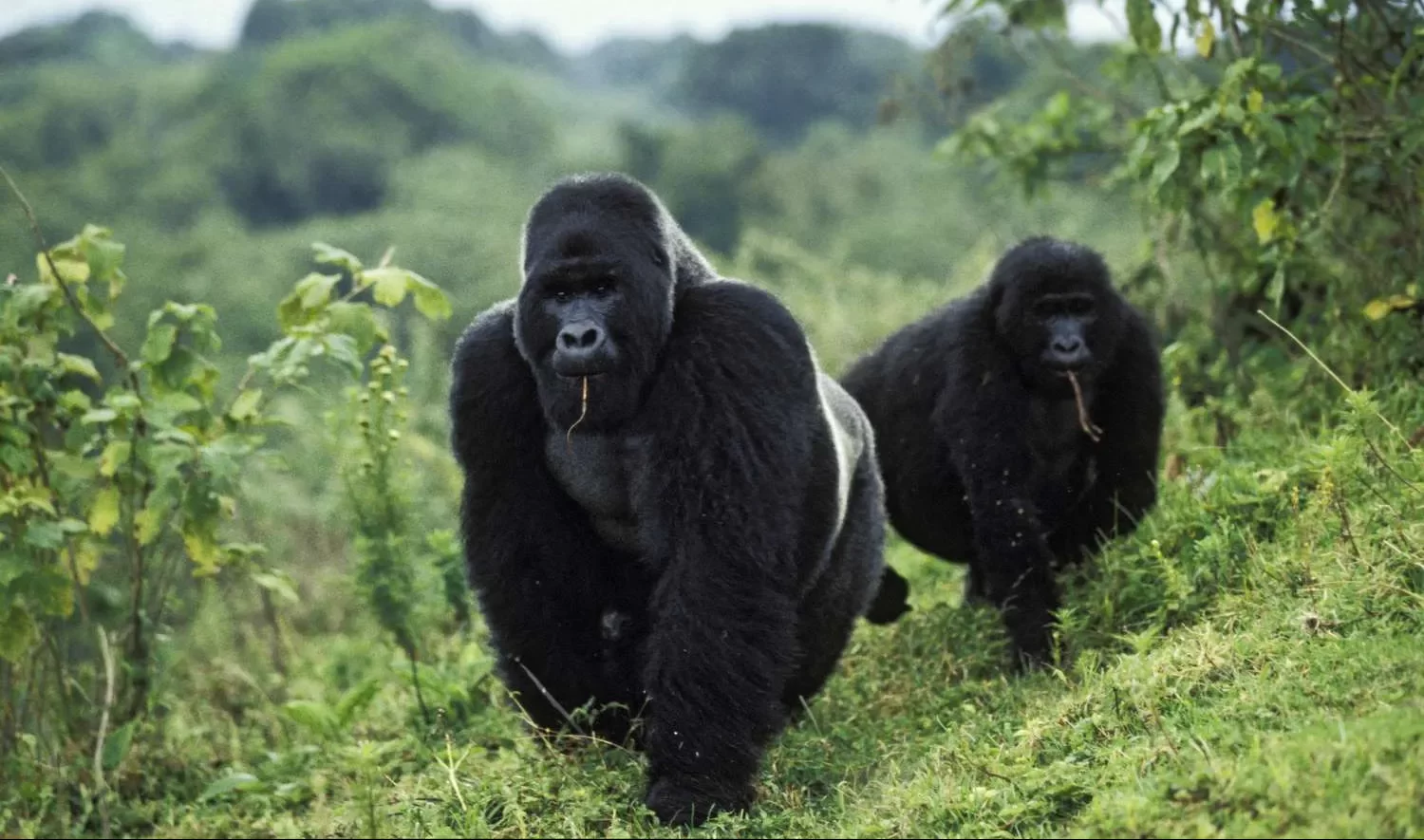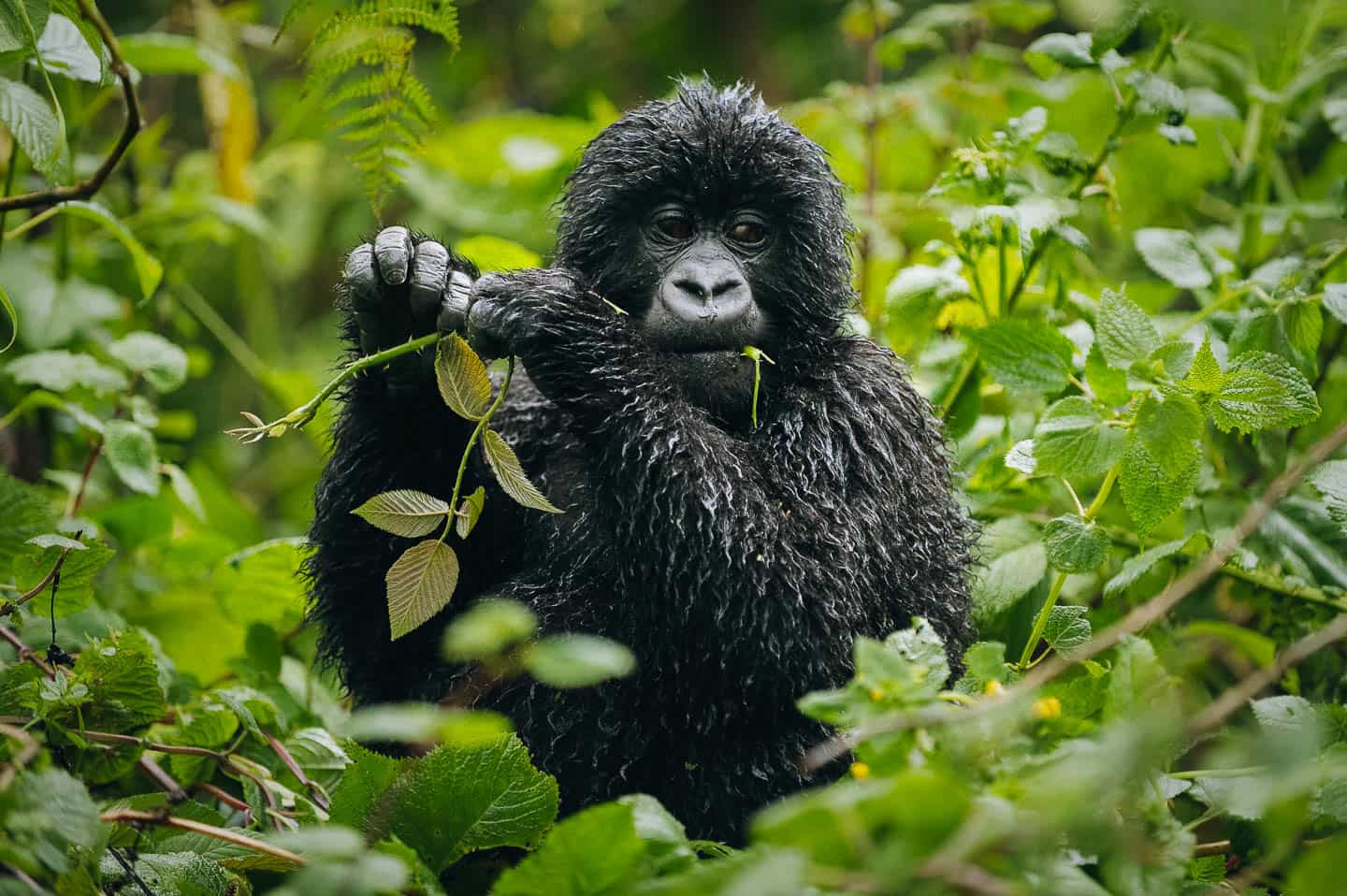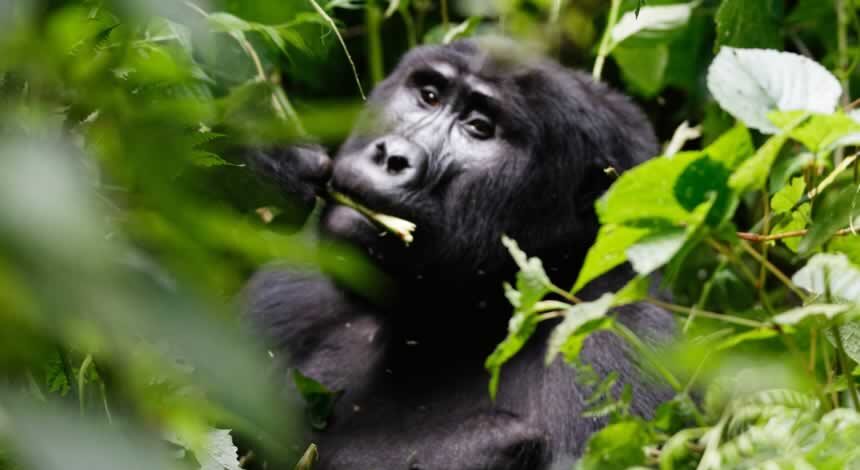Gorilla Viewing Safety Guidelines
Gorilla Viewing Safety Guidelines: Gorilla trekking is undoubtedly one of the most exhilarating and life-changing wildlife experiences one can have. The chance to come face to face with these magnificent creatures in their natural habitat is a privilege, and it’s crucial to ensure not only a memorable encounter but a safe one as well. In this article, we’ll delve into the essential gorilla viewing safety guidelines, allowing you to fully enjoy this incredible adventure while preserving the well-being of both gorillas and humans.
Gorilla Viewing Safety Guidelines
Choose a Reputable Tour Operator
When embarking on a gorilla trekking adventure, selecting the right tour operator is paramount. Umarella Voyage Safaris stands out as a trusted and experienced company offering gorilla safaris in Uganda. Our commitment to responsible tourism and conservation makes us the ideal choice for your gorilla trek. With Umarella Voyage Safaris, you can rest assured that your adventure is well-guided and respectful of the gorillas’ natural habitat.
Acquire the Necessary Permits
Before setting foot in the forest to track gorillas, you must obtain a gorilla trekking permit. These permits are issued by Uganda Wildlife Authority (UWA). This organization is responsible for the protection of Wildlife in Uganda. Umarella Voyage Safaris can assist you in securing the necessary permits, ensuring a smooth and legal trekking experience.
Follow Park Regulations
Each gorilla trekking destination, such as Bwindi Impenetrable Forest and Mgahinga Gorilla National Park in Uganda, has specific regulations in place to protect both gorillas and visitors. It’s imperative to follow these regulations diligently. Umarella Voyage Safaris together with the parks’ management provide pre-trekking briefings to ensure that visitors are well-informed about these regulations.
Keep a Safe Distance
Maintaining a safe distance from gorillas is vital for their well-being and your safety. Always follow the guidance of your experienced guides and trackers. Uganda Wildlife Authority employ highly trained guides who are well-versed in gorilla behavior, ensuring a safe and informative trek. Furthermore, the park rangers who spear head the process are always with you. These will guide the distance you’re to have with gorillas
Wear Appropriate Attire
Wearing the right clothing and gear is essential. Dress in long-sleeved shirts, long pants, and sturdy hiking boots to protect against nettles, thorns, and insects. Umarella Voyage Safaris provides packing lists to ensure that you are well-prepared for your gorilla trek.
Practice Respiratory Etiquette
Gorillas share a significant genetic similarity with humans, making them susceptible to respiratory infections. It’s crucial to practice respiratory etiquette by covering your mouth and nose when coughing or sneezing. Umarella Voyage Safaris emphasizes the importance of minimizing the risk of disease transmission during treks.
Limit Your Group Size
Smaller trekking groups have a reduced impact on the gorillas’ environment and are less intimidating to the animals. Each trek requires a maximum number of 8 trekkers. Therefore, Uganda Wildlife Authority (UWA) organizes small-group treks to ensure a more intimate and less intrusive experience.
Respect the Gorillas’ Space
While it’s incredibly tempting to get a closer look at these gentle giants, it’s essential to respect their personal space. Do not attempt to touch or feed gorillas, and maintain a respectful distance at all times.
In conclusion,
Gorilla trekking is a once-in-a-lifetime experience that should be both safe and unforgettable. By adhering to these gorilla viewing safety guidelines and choosing Umarella Voyage Safaris as your trusted tour operator, you can embark on a remarkable adventure while ensuring the welfare of these magnificent creatures and their natural habitat. Embrace the magic of gorilla trekking with the knowledge that you’re contributing to the conservation of these endangered species.



